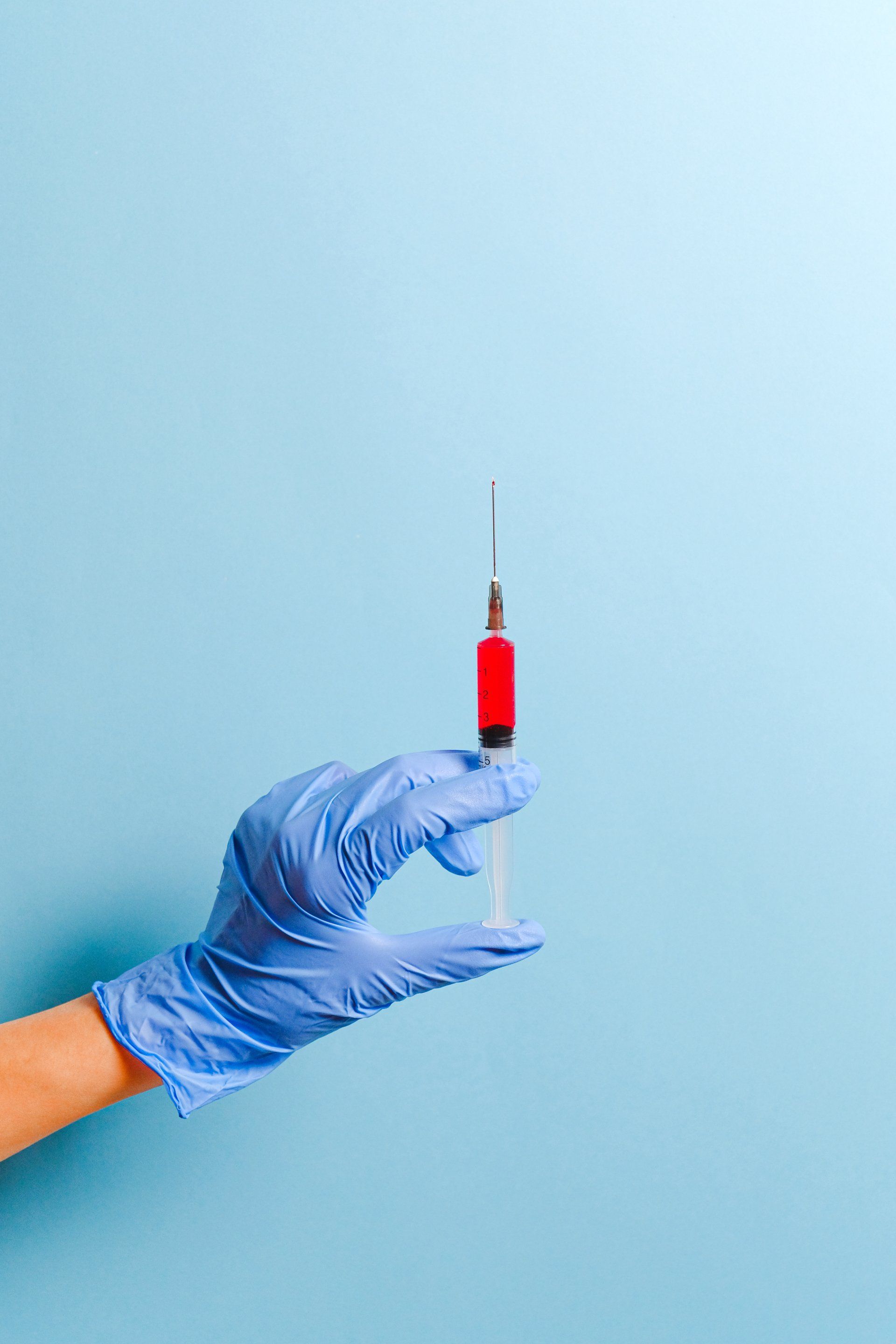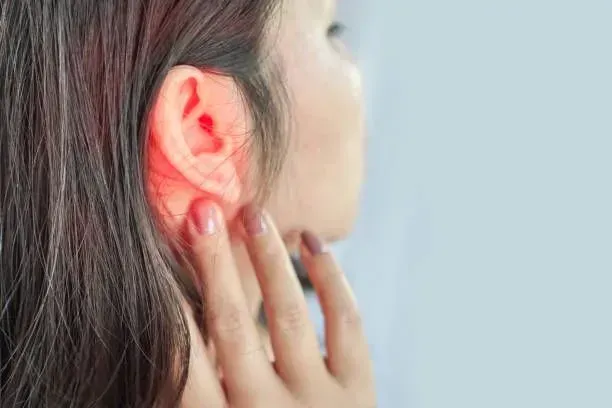Urgent Care vs ER: What’s the Difference?
It’s after-hours, and you’re not feeling well. You don’t think it’s an emergency, but you’d like to get some medication and run some tests to make sure. You look up “immediate care near me” to see where you can go without an appointment, and now you have to choose between Urgent Care and the emergency room. Where do you go?
When discussing same-day care in medical centers, many people use Urgent Care and emergency rooms interchangeably. But are they really the same thing?
Let's learn all about it. Read on to learn all about these different types of Bridgeview medical centers so you can make an informed choice.
Urgent Care
What Is an Urgent Care Center?
An Urgent Care center is almost like a “middle ground” between your normal primary care doctor and the emergency room. It’s a walk-in clinic that’s staffed with a mix of physicians, physician assistants, and nurses, but they may have other medical professionals on staff as well. They also have a variety of diagnostic tools on hand, and they can order basic labs, like blood tests.
Urgent Care centers tend to have set hours, but these hours can be more accessible than traditional medical office hours, making them great for when your doctor is not in the office. They also tend to be more affordable, especially for those who are uninsured.
Urgent care centers can either be independent or affiliated with larger medical centers.
When to Visit an Urgent Care Center Near Me
So how do you know that it’s time to visit a Bridgeview Urgent Care instead of the emergency room?
Most Urgent Care centers have a list of set conditions that they treat. Urgent care is for non-life-threatening conditions. Remember, it’s for conditions that are “urgent” but not “emergent.”
Think of things that you would visit your primary care physician for if you could make an appointment right away. This list includes things like:
● Sprains
● Muscle aches
● Respiratory infection or bronchitis
● Cuts and abrasions
● Minor burns
● Nausea and vomiting
● UTIs
If you want to get a swift diagnosis and receive care right away, but you know you’re not in danger, Urgent Care is the place to go. You can get a quick diagnosis, and in some cases, a prescription to help you feel better.
Advantages and Limitations of Urgent Care Centers
Urgent Care centers are fantastic for many reasons.
As we mentioned, they’re often more accessible than standard medical offices, so if you need walk-in care for minor issues, you have somewhere safe and reliable to go. The staff at Urgent Care centers is ready to help, and you won’t have to deal with extensive wait times.
However, they’re not 24/7. They do have long hours (for example, we’re open from 9 AM to 9 PM), but if you have a late-night care need, you may have to wait.
Emergency Room
What Is an Emergency Room?
An emergency room is a department of a hospital. It’s a medical treatment facility that specializes in emergency medicine. These care centers are open 24/7, and they’re staffed with physicians and nurses, but because they’re in hospitals, they also have access to specialists.
They have some diagnostic tools in the department, but they also have access to the rest of the hospital, so they’re able to order almost any lab or test.
Emergency room visits can be quite expensive, especially if patients arrive via ambulance.
When to Visit an Emergency Room Near Me
If you visit the emergency room, it should be because you’re dealing with a medical emergency. Patients with non-emergencies should visit their primary care physicians or an Urgent Care center instead.
So what counts as an emergency? There are many potential emergencies, but they often include things like:
● Compound fractures
● Unexplained chest pain
● Sudden pregnancy complications
● Intense abdominal pain
● Serious cuts or burns
● Paralysis
● Seizures
● Uncontrolled bleeding
If you think your life may be in danger, the emergency room is the right place to go.
Advantages and Limitations of the ER
Emergency rooms are crucial resources that save lives every day. They’re able to help patients quickly and either connect them with other medical professionals or release them once they’re stabilized.
They have the advantage of a full team of specialists, so when it comes to emergency conditions, they’re the best option. The fact that they’re open 24/7 means that more people can access care when they need it.
Unfortunately, they are expensive for the uninsured. Many emergency rooms also have long wait times, meaning that people can wait for hours before even seeing a nurse or doctor. It’s important for people with non-emergency care needs to visit Urgent Care centers instead of emergency rooms to free up space for patients who need it.
Cases When It's Unclear Whether to Go to Urgent Care or ER
So what happens if you’re not sure whether or not you’re experiencing an emergency?
In reality, most care needs aren’t emergencies. However, it’s also not rare for people to not know when they’re experiencing a medical emergency if they’re not experiencing incredible pain. For example, many people don’t know the signs that they’re experiencing a heart attack, and they may chalk it up to heartburn or another minor condition.
If you’re genuinely not sure, an Urgent Care center can redirect you when you arrive, but if the emergency room closest to you has a short wait time, it’s appropriate to go there instead.
Visit UrgiClinic Urgent Care Clinic
Next time you’re not feeling well, and you need same-day care, we’ll be there to help. Our team of compassionate medical professionals will help you get the treatment you need so you can feel better.
We offer rapid laboratory tests and screenings, care for many minor illnesses and injuries, women’s health, pediatric care, and so much more. Simply walk in, and we’ll be happy to take care of you with our personalized care methods.
References
1.https://www.cdc.gov/hearher/maternal-warning-signs/index.html
2.https://www.cdc.gov/heartdisease/heart_attack.htm








If you believe you have a medical urgent situation, please call 911
Hours: Open 7 Days a Week, from 9 AM to 9 PM
LEGAL LINKS
Quick Links
Contact Us
Phone: (708) 788-5088
Fax: (708) 575-7177
Email: care@urgiclinic.com
Address: 7124 W 83rd St Unit C, Bridgeview, IL 60455
All Rights Reserved | UrgiClinic Urgent Care





